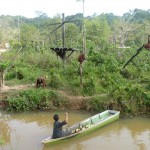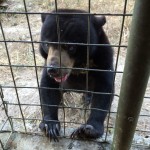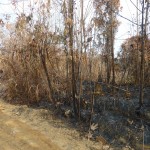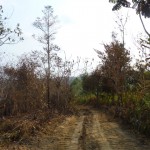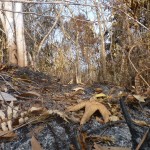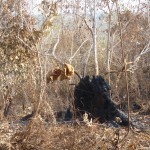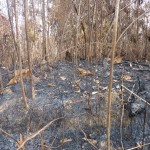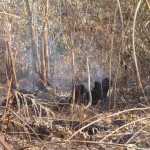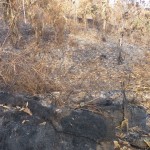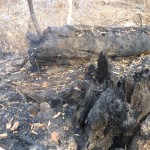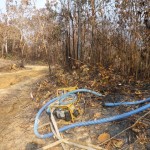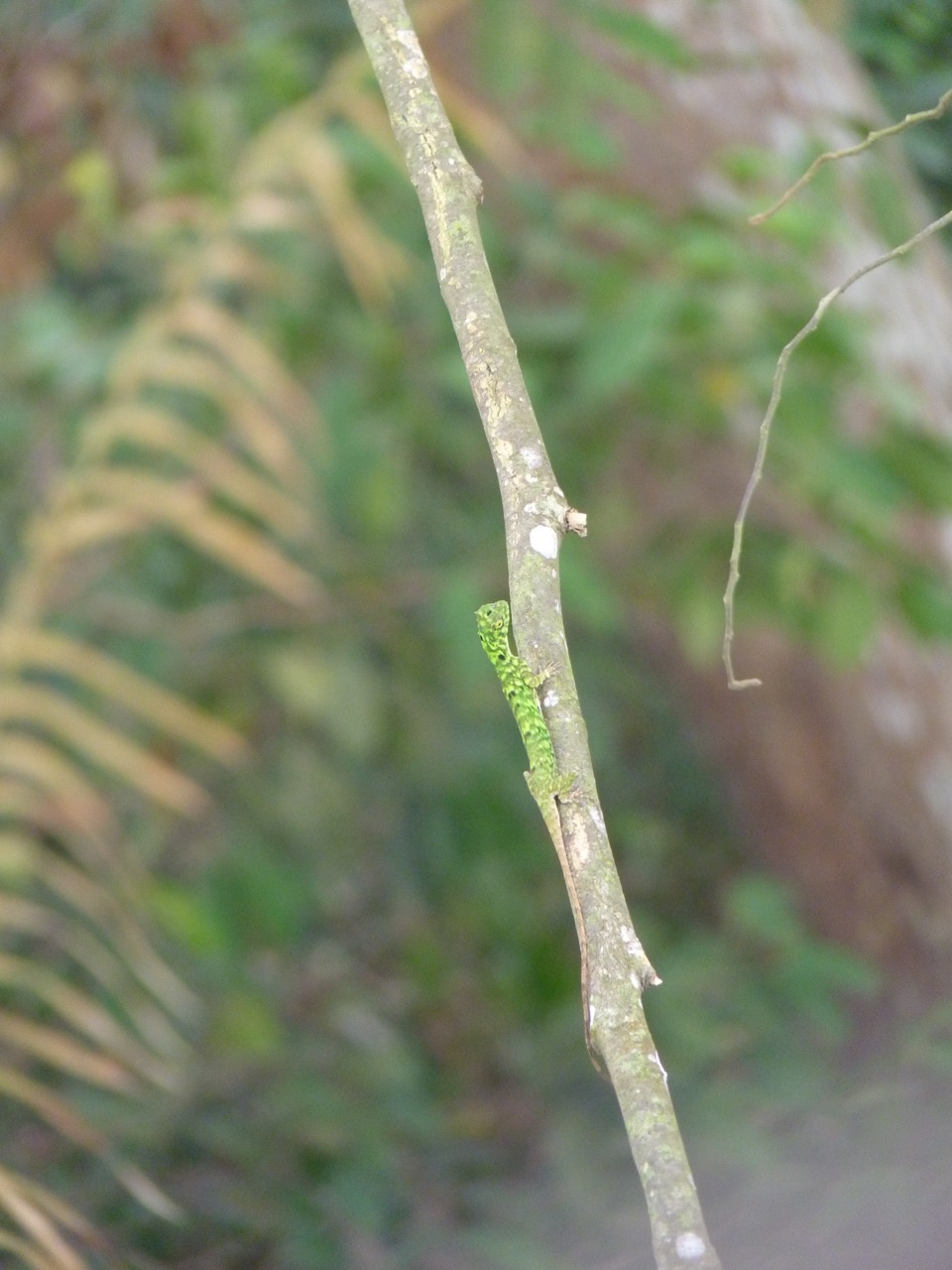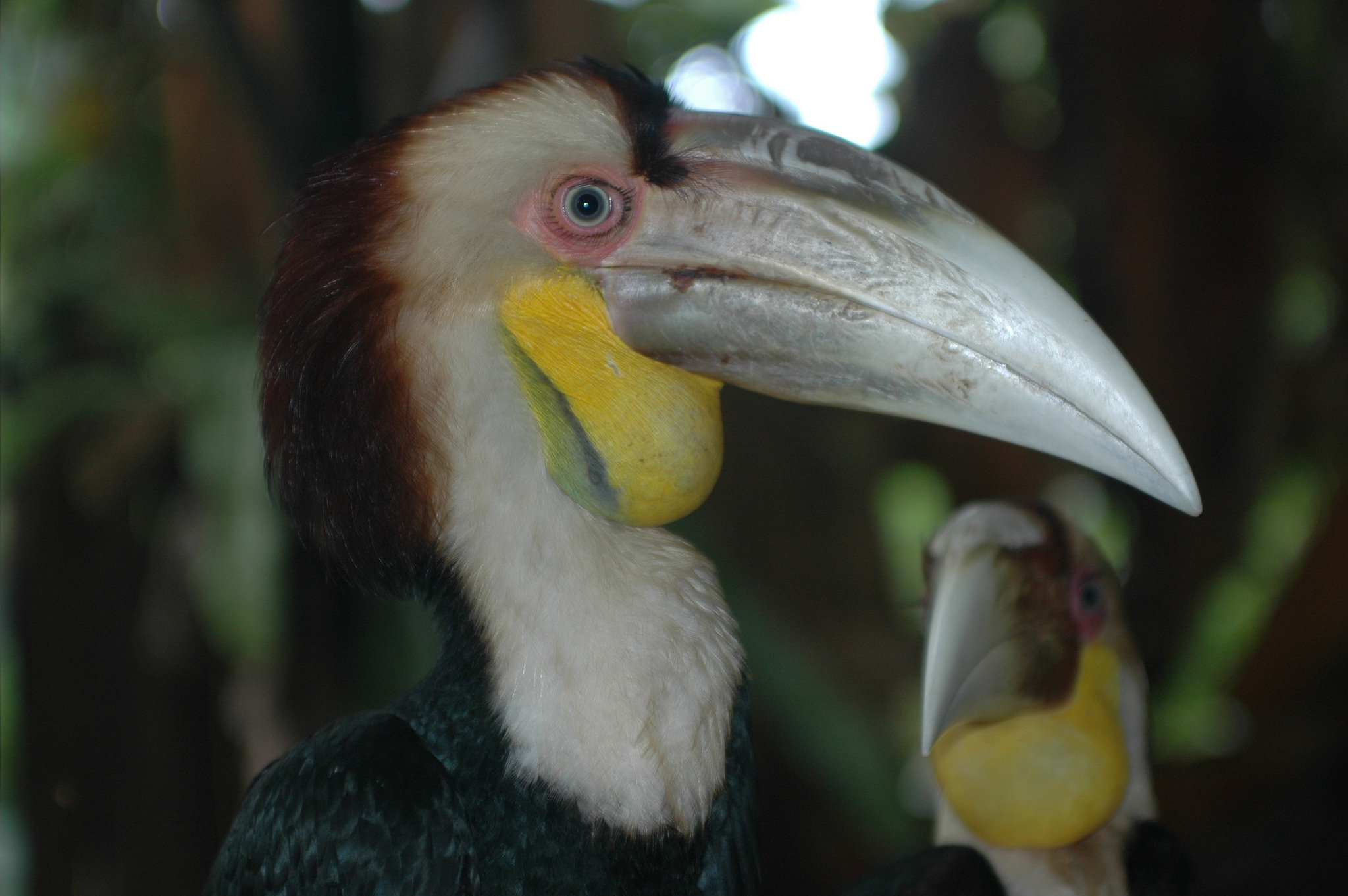This past week, the Starbucks Coffee Company came under fire on social media for its new holiday cup design. Whereas previous years’ designs featured winter iconography often associated with Christmas, the 2015 cup displayed only the green Starbucks logo against a plain red background. Some conservative Christians in the U.S. saw the new design as evidence Starbucks had entered the so-called “War on Christmas,” including presidential hopeful Donald Trump, who called for a boycott against the company.
Other people quickly rose to Starbucks’ defense, defending the cup as “minimalist” in its aesthetic and pointing out that past years’ holiday-themed designs had never been specifically Christian. Some took to Twitter with the hashtag #ItsJustACup, while others designed their own Starbucks cups with Jewish menorahs, LGBTQIA rainbows, or even Satanic pentagrams to parody the notion of a “War on Christmas.”
Overall, the controversy probably did more to boost Starbucks’ sales than hurt the company, by providing free publicity and triggering a huge backlash of customers eager to defend the brand. This is unfortunate, because whatever side you favor in the Red Cup Controversy, there is another, much more serious reason why Starbucks deserves to be boycotted: for its role in destroying the forests of Indonesia.
Starbucks, along with many other corporations, sources palm oil from plantations in southeast Asia, as an ingredient in many of its food products. Palm oil is extremely destructive environmentally, requiring the clearing of native forest to make way for plantations. Indonesia, the product’s leading producer, has licensed at least 15 million hectares (nearly 60,000 square miles) of land for palm oil development, much of it wild forest inhabited by animals. According to Greenpeace, over 620,000 hectares of forest are destroyed by the industry every year. Palm oil deforestation is worsened by the use of fire, which rapidly clears forest at little cost but is very difficult to control, as it ignites peat deposits underneath the forest and spreads far beyond areas licensed for deforestation.
Massive forest fires have been raging across southeast Asia since July, with the worst destruction occurring in Sumatra, Kalimantan (Indonesian Borneo), and New Guinea. Their effects have been catastrophic in every regard:
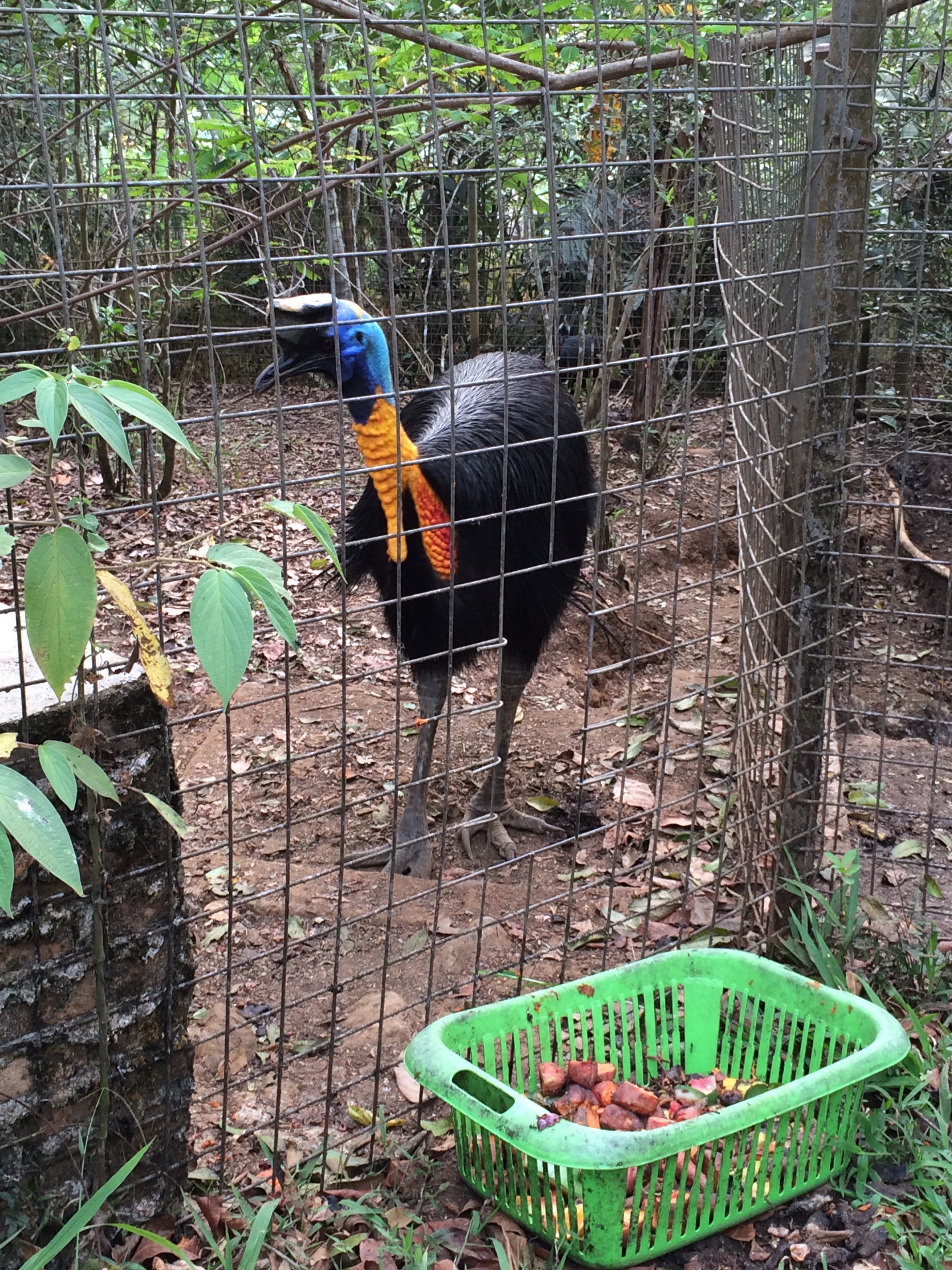
Cassowary, a dinosaur-like flightless bird native to New Guinea, at the Cikananga Wildlife Center in Java
- For wild animals, the fires have destroyed immense swaths of their forest habitat. Countless millions of animals have doubtlessly perished in the flames or been displaced from their homes. Orangutans are among the most visible casualties, endangered already and inhabiting many of the areas worst hit by the fires. Those that escape burning to death may flee into human settlements, only to end up killed or injured by villagers who perceive them as pests. But they’re not the only victims: every forest animal in Indonesia is at risk, including endangered tigers, elephants, and rhinos as well as countless lesser known (but equally important) species of mammal, bird, reptile, amphibian, and invertebrate.
- Southeast Asia’s human inhabitants are suffering as well. Smoke from the fires has produced a thick, toxic haze across much of Indonesia and spreading as far as Malaysia, Singapore, and Thailand. According to The Guardian, 19 people are confirmed dead; 500,000 have reported respiratory tract infections; and by some estimates more than 100,000 people could die prematurely from the smoke’s long-term effects. Economically, damage from the fires may cost the Indonesian government as much as $47 billion USD.
- Perhaps worst of all, the fires now release more carbon dioxide into the atmosphere every day than the entire United States economy, and have exceeded China’s emissions twice, peaking on October 14th at 61 megatons of CO2… more than the U.S. and China combined, making Indonesia the world’s biggest contributor to climate change. By aggravating the worst effects of climate change – already predicted to devastate marine ecosystems, raise sea levels, and displace hundreds of millions of people by century’s end – the fires threaten the long-term well-being of every animal on Earth, human and non-human alike.
I recently witnessed some of the fires’ damage firsthand, while visiting Samboja Lestari in eastern Borneo October 2nd and 3rd. Located outside the city of Balikpapan, Samboja Lestari is more than just a forest; it’s a one-of-a-kind effort to recreate the wilderness of Borneo as it once was. When the project started in 2001, the Samboja region supported nothing but grass, the original forest having been destroyed by a century of logging and severe droughts. In the years since, Samboja Lestari (“Samboja Forever”) has planted trees and reintroduced native animals, producing nearly eight square miles of new rainforest.
A project of the Borneo Orangutan Survival Foundation, Samboja Lestari doubles as a rehabilitation center for orangutans and sun bears rescued from deforestation and the wildlife trade. Animals at Samboja receive medical attention and are taught or retaught to live naturally – on forested man-made islands or in large naturalistic enclosures – before eventually being re-released in isolated forests deep in Borneo’s interior.
All of Samboja Lestari’s work is now in jeopardy thanks to the Indonesian fires. Shortly before I arrived, a massive fire broke out within the project’s borders. The orangutan and sun bear facilities, as well as the Samboja lodge (which houses tourists, providing much of the project’s income), were narrowly spared, but over 130 hectares of forest was totally destroyed before staff and volunteer fire fighters managed to put out the blaze. Project co-founder Ishak Yassir, whom I had the privilege of speaking with briefly the day I arrived, declined to speculate as to the cause of the fires. But many staff members and volunteers believed they were human-caused: either accidentally, by farmers who lost control clearing their own crop fields, or deliberately, by industry-backed arsonists seeking to sabotage Samboja Lestari.
- Samboja co-founder Ishak Yassir
- Orangutan playing with stick on artificial island
- Orangutan children playing
- Orangutan child
- Big male orangutan. Rescued from life in a circus, this one has been too humanized to ever rerelease.
- Big male orangutan playing with wrapping paper
- Big male orangutan eating
- Big male orangutan walking on hind legs, as trained to during life in circus
- Female orangutan
- Orangutans being fed
- Orangutans
- Female orangutan eating
- Sun bear sucking paw, a stress response to human presence
- Sun bear
- Sun bears being rehabilitated in enclosure
- Sun bears playing in pool
- Sun bears
- Squirrel in Samboja forest
- Burnt forest
- Burnt forest on one side of road, living on the other
- Burnt forest floor
- Burnt forest
- Burnt forest
- Burnt forest, still smouldering. Firefighters must remain present at all times in case flames ignite again.
- Burnt forest
- Burnt forest
- Embers still smouldering
- Truck carrying water
- Firefighting equipment
- Samboja staff and volunteers gathered to help fight fires
Starbucks is not the only, or worst, offender when it comes to palm oil deforestation. While the Union of Concerned Scientists ranks it as demonstrating “little commitment” to combating deforestation on their Palm Oil Scorecard (with a score of just 10 out of 100), this is sadly better than many other companies. Just among fast food franchises, Dairy Queen, Domino’s, Carl’s Jr., Wendy’s, KFC, Pizza Hut, and Taco Bell are all ranked even lower than Starbucks. In contrast to those companies, Starbucks does at least have a sustainable palm oil policy, and is a member of the RSPO (Roundtable on Sustainable Palm Oil), a voluntary association of palm oil producers, users, and non-profit organizations formed to promote “environmentally sustainable” palm oil.
(It should be noted that since the last Palm Oil Scorecard was published, Domino’s has increased its standards regarding palm oil, also joining the RSPO in August 2015)
This doesn’t amount to very much, however. RSPO members actually account for a disproportionate amount of deforestation relative to the land they own in Indonesia. The RSPO allows for the clearing of any forest not identified as primary-growth or of “high conservation value,” leaving secondary-growth and partially degraded rainforest (that is, much of what’s left in Indonesia) completely unprotected. It officially bans the deliberate use of fire to clear land, but allows for clearing of highly flammable peat-rich areas… and in 2013, 39% of fire hotspots on palm oil concessions in the province of Riau were found to occur on RSPO member-owned land. The certificates RSPO provides palm oil producers can be sold and traded freely within the industry, making them virtually meaningless, and certified palm oil can be mixed with uncertified product and still sold as “sustainable.” Finally, the RSPO has proven very reluctant to investigate or punish violations of its own policies by members, for example taking six years to expel a single producer after its non-compliance was first publicized.
For these reasons, many environmental activists are demanding that palm oil producers and consumers go beyond the RSPO’s stipulations and adopt more stringent guidelines to prevent further deforestation. Greenpeace calls for a moratorium on new plantation development, tighter restrictions on deforestation in the future (e.g., no clearing of high carbon stock forest or peatlands), reliable certification, and greater transparency within the industry. SumOfUs has launched a petition to Starbucks to adopt a time-bound no-deforestation palm oil policy, and the Union of Concerned Scientists is petitioning Starbucks and six other large fast food companies to stop sourcing palm oil from companies linked to deforestation.
It’s worth questioning whether “sustainable” palm oil is possible at all. After all, even banning all deliberate deforestation wouldn’t prevent companies from buying and using land cleared by “accidental” fires… which means, in a country as corrupt at all levels of government as Indonesia, it would remain easy for companies to illegally start forest fires and get away with it, especially if they pay off locals to do it for them. Furthermore, allowing all currently deforested land to be used for palm oil production would obstruct any future efforts to recreate Indonesia’s wilderness, as Samboja Lestari is now attempting to do.
For now, the best way for individuals to combat palm oil deforestation is to not use palm oil at all. Boycott companies and products that use it. Read lists of ingredients while shopping, as palm oil – much like high fructose corn syrup – is often used in products one would never expect to contain it. And while it may be impossible to avoid ever purchasing from companies that use it, pressuring the largest, most influential companies to switch to less destructive palm oil, or stop using it entirely, will have a gradual industry-wide effect. Be sure to tell them that you’re boycotting their products and why – sign petitions like SumOfUs’ to Starbucks and Union of Concerned Scientists’ to various fast food companies, or contact company representatives directly.
The Union of Concerned Scientists’ Palm Oil Scorecard is a good place to start, ranking major companies by their commitment to combating palm oil deforestation. As mentioned, Starbucks ranks a mere 10 out of 100, with most fast food chains scoring even worse. The scorecard contains some surprises: for instance, that Safeway, at 70.2 points, shows the highest commitment of any store brand while Whole Foods, which markets itself as a leader in ethical food production, scores a measly 30 points.
Finally, you can also help combat palm oil’s devastation by supporting organizations that work directly with animals from affected areas:
- Samboja Lestari, operated by the Borneo Orangutan Survival Project, rescues and rehabilitates orangutans and sloth bears, as well as provides a shining example for how deforestation can not only be stopped, but reversed.
- International Animal Rescue has dispatched firefighting teams in West Borneo to combat the fires directly, while rescuing injured and displaced orangutans and other animals to treat at its several rehabilitation centers across Indonesia.
- ProFauna operates a variety of projects across Indonesia aimed at protecting wildlife, including rescue and rehabilitation as well as working with local communities to organize ranger teams, who patrol wild forests to prevent illegal logging and poaching.
- The Cikananga Wildlife Center in Java cares for a wide variety of species from all across Indonesia, most obtained through the illegal wildlife trade intimately interlinked with deforestation.
Palm oil deforestation is an enormous problem for wildlife and people alike, with potentially cataclysmic effects for the planet as a whole. But fortunately, there are many ways you can help fight its destruction. Just by changing where you get your morning coffee, you can help save the wilderness of southeast Asia!













